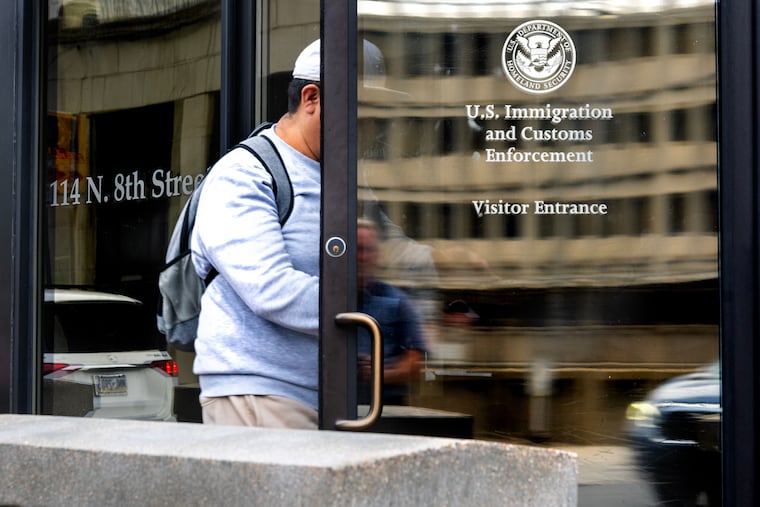ICE is increasingly using old, low-level arrests by local police to identify individuals for deportation.
In Doylestown last May, Gonzalo Hernandez Roque was arrested and accused of shoplifting approximately 0 worth of clothing and jewelry from a local Kohl’s store. For nearly ten months, he remained free on unsecured bail as his misdemeanor case proceeded through the courts in Bucks County, Pennsylvania. However, the implications of this arrest took a significant turn this spring.
In March, U.S. Immigration and Customs Enforcement (ICE) officials uncovered that Hernandez Roque, a 29-year-old from Guatemala, had been residing in the United States illegally. This discovery was linked directly to his prior arrest, leading to his subsequent detention and charges related to federal immigration violations. By June, he was expelled from the country.
This series of events highlights a troubling trend that has emerged in the Philadelphia area over the past several months, where local arrests are increasingly resulting in federal immigration cases. As documented by Media News Source, federal authorities have ramped up efforts to increase deportation rates, a strategy that aligns with the administration’s broader immigration enforcement policies.
An examination of several similar cases revealed that federal prosecutors are filing charges against immigrants for illegal reentry, a felony offense that can lead to federal imprisonment and deportation. These prosecutions are now more frequent than ever, reflecting a marked increase in enforcement actions since the inception of the current presidential administration. The Justice Department has indicated that the number of illegal reentry cases filed in Philadelphia could reach its highest level in 20 years.
ICE agents often initiate these actions based on alerts generated from local law enforcement arrests, particularly when fingerprint databases reveal matches with individuals previously deported. This approach appears to disproportionately target immigrants arrested for relatively minor infractions, such as retail theft or DUI, raising concerns about the potential overreach of federal immigration policies.
Legal experts have noted that the ICE has adopted a more aggressive approach, one that prioritizes the apprehension of undocumented individuals, regardless of their contributions to society or the nature of their offenses. This strategy has sparked criticism that it prioritizes numerical deportation goals over community safety and justice.
Additionally, the swift nature of these prosecutions often bypasses local legal proceedings, leading to situations where individuals are deported before their state-level charges are resolved. For example, Hernandez Roque was deported before his retail theft case could be adjudicated, highlighting the complexities and consequences of current immigration enforcement practices.
While the Biden administration had previously maintained a more measured approach to immigration enforcement, there has been a stark shift under the current administration, with a focus on maximizing deportation figures. Legal advocates warn that this trend could undermine public safety, as federal resources are redirected toward non-violent offenders at the expense of addressing serious crimes and ensuring community stability.
As the legal landscape continues to evolve, the implications of these enforcement strategies on immigrant populations and local communities remain a contentious subject, one that is unlikely to see a decrease in federal scrutiny in the near future.







